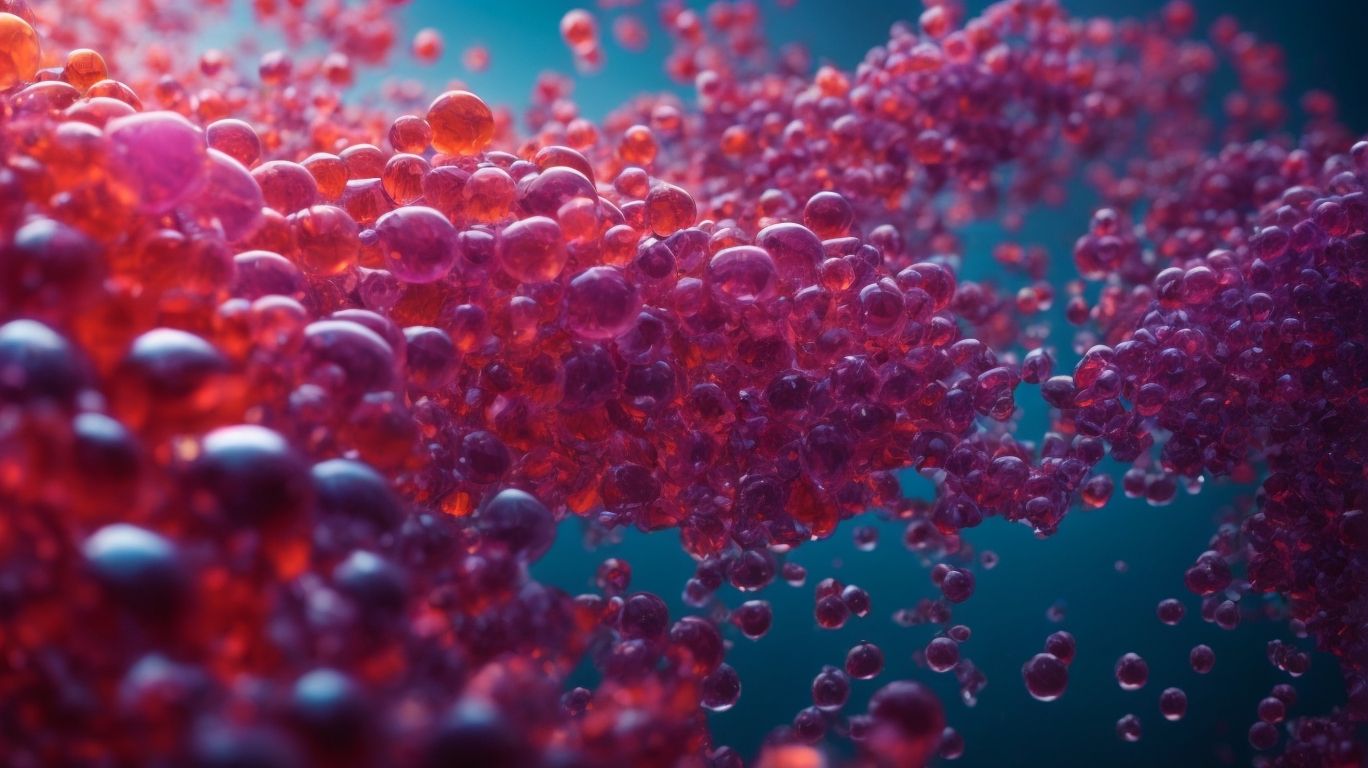Glucose is a simple sugar and the primary source of energy for the body’s cells. It is essential for the proper functioning of the body and plays a crucial role in cellular respiration, the process by which cells break down glucose to produce energy. Cellular respiration involves a series of complex biochemical reactions, and glucose is an integral component of this process.
Cellular respiration is a multi-step process that involves the breakdown of glucose to release energy in the form of adenosine triphosphate (ATP). The first step in this process is glycolysis, where glucose is broken down into two molecules of pyruvate. This process occurs in the cytoplasm of cells and does not require oxygen.
The next step is the Krebs cycle, also known as the citric acid cycle, which takes place in the mitochondria of cells. Here, pyruvate is converted into acetyl-CoA and enters the cycle, where it is further broken down to produce ATP, carbon dioxide, and water.
The final step of cellular respiration is the electron transport chain, which occurs in the inner membrane of the mitochondria. In this step, the energy stored in the molecules of glucose is used to produce a large amount of ATP through a series of reactions.
Excess glucose in the body is stored as glycogen in the liver and muscles. This stored glucose can be broken down and used for energy when needed. During fasting or starvation, when there is a lack of available glucose, the body can also break down proteins and fats to produce energy.
Insufficient glucose in cellular respiration can have adverse effects on the body. Low blood sugar, also known as hypoglycemia, can cause symptoms such as dizziness, confusion, and weakness. If left untreated, it can lead to seizures, coma, or even death.
To maintain stable glucose levels for optimal cellular respiration, the body relies on the hormone insulin. Insulin helps regulate the levels of glucose in the blood by promoting the uptake of glucose into cells for energy production. Exercise, a healthy diet, and managing stress levels can also help maintain stable glucose levels.
In conclusion, glucose plays a crucial role in cellular respiration, the process by which cells produce energy. It is important to maintain stable glucose levels for optimal cellular function and overall health.
Key Takeaways:
What is Glucose?

Photo Credits: Chemicalglossary.Net by Bradley Baker
Glucose is a fundamental component of living organisms and serves as a vital source of energy. As a type of carbohydrate, it plays a crucial role in cellular respiration, where it is broken down to release energy. Plants produce glucose through photosynthesis, while humans obtain it through the digestion of carbohydrates in food. This essential sugar is transported in the bloodstream and utilized by cells in various organs, including the brain and muscles. Recognizing the significance of glucose is essential for maintaining a healthy metabolism and overall well-being.
What is Cellular Respiration?
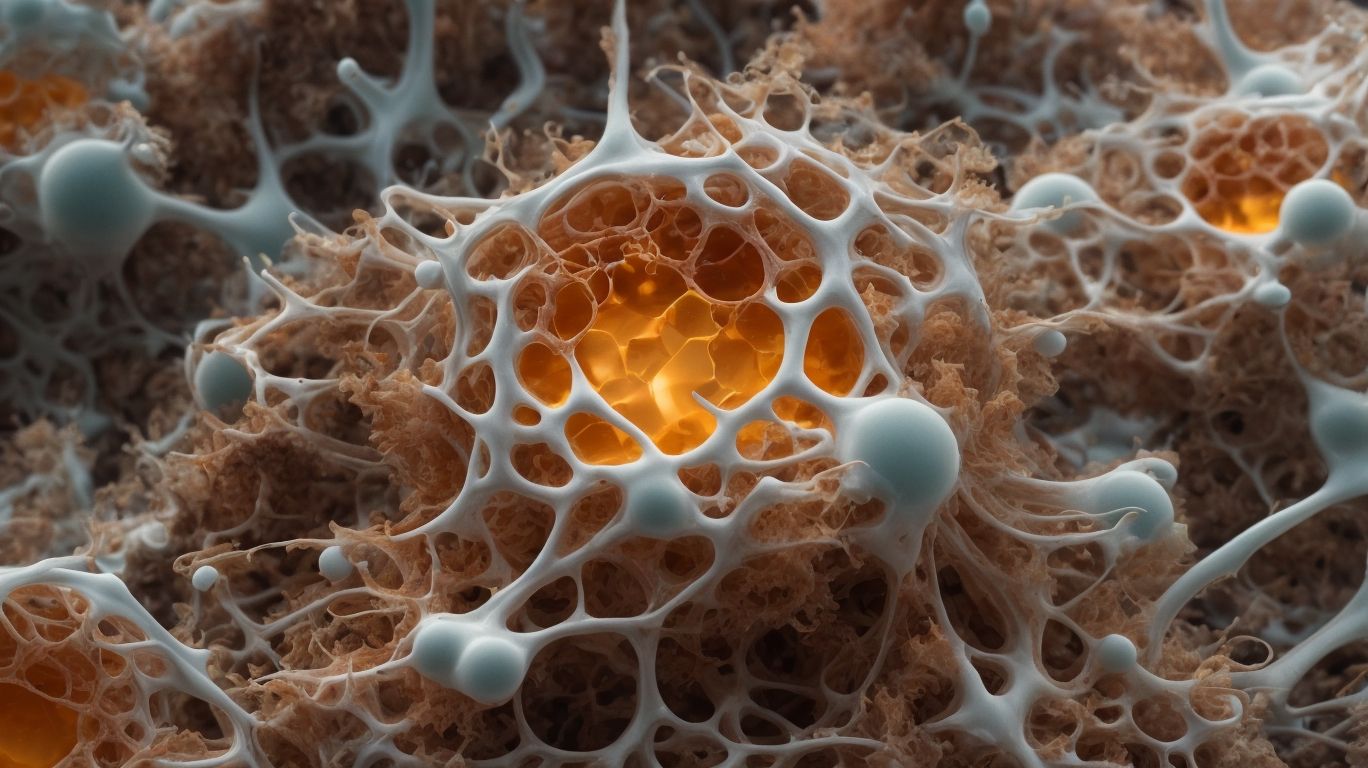
Photo Credits: Chemicalglossary.Net by Mason Mitchell
Cellular respiration is a vital process that converts glucose and oxygen into energy, carbon dioxide, and water within cells. This process is essential for sustaining the activities of living organisms and is the fundamental source of energy for them.
Through a series of chemical reactions, glucose is broken down in the presence of oxygen to produce adenosine triphosphate (ATP), which is then used to fuel various cellular processes. This process takes place in the mitochondria of cells and is crucial for the survival and functioning of all living organisms. Understanding cellular respiration is key to comprehending how our bodies produce energy.
How Does Glucose Play a Crucial Role in Cellular Respiration?

Photo Credits: Chemicalglossary.Net by John Ramirez
Cellular respiration is a vital process that converts glucose into energy in cells. Here is a step-by-step explanation of how glucose plays a crucial role in cellular respiration:
- Glycolysis: Glucose is broken down into two molecules of pyruvate, producing a small amount of ATP and NADH.
- Pyruvate Oxidation: Pyruvate is converted into acetyl-CoA, generating more NADH.
- Krebs Cycle: Acetyl-CoA enters the Krebs cycle, producing ATP, NADH, and FADH2.
- Electron Transport Chain: NADH and FADH2 are used to generate a large amount of ATP through oxidative phosphorylation.
In 1929, Hans Krebs discovered the cycle that later came to be known as the Krebs Cycle, elucidating the role of glucose in cellular respiration. This breakthrough revolutionized our understanding of how cells produce energy and paved the way for further research in biochemistry.
What is the Process of Glycolysis?
Glycolysis is the initial step in cellular respiration, where glucose is converted into pyruvate. This process is divided into several steps:
- Glucose trapping: Glucose enters the cell and is phosphorylated by the enzyme hexokinase.
- Glucose splitting: The phosphorylated glucose is then split into two three-carbon molecules known as glyceraldehyde-3-phosphate.
- Energy production: In this step, glyceraldehyde-3-phosphate is converted into pyruvate, producing ATP and NADH, which carry energy.
During glycolysis, glucose is partially oxidized, releasing energy that is utilized to generate ATP. This process takes place in the cytoplasm of cells and is anaerobic, meaning it does not require oxygen.
The process of glycolysis was first discovered by French biochemist Louis Pasteur in the nineteenth century while studying the fermentation of sugar by yeast. His experiments laid the foundation for understanding how cells obtain energy from glucose through glycolysis. Since then, further research has revealed the intricate details and regulation of this crucial metabolic pathway.
How Does Glucose Enter the Krebs Cycle?
Glucose enters the Krebs Cycle through a series of steps:
- After glycolysis, glucose is converted into pyruvate molecules.
- Each pyruvate undergoes decarboxylation and is transformed into acetyl CoA.
- Acetyl CoA enters the Krebs Cycle by combining with oxaloacetate.
- During the Krebs Cycle, acetyl CoA is broken down, releasing energy and producing carbon dioxide, NADH, and FADH2.
- The NADH and FADH2 produced then participate in the Electron Transport Chain.
Pro-tip: To optimize glucose entry into the Krebs Cycle, engage in regular physical activity, as exercise enhances glucose uptake and utilization by cells.
What is the Role of Glucose in the Electron Transport Chain?
The crucial role of glucose in the electron transport chain is vital for cellular respiration. This process involves breaking down glucose molecules and converting them into energy in the form of ATP. The electron transport chain is the final step in cellular respiration and takes place in the inner membrane of the mitochondria. Here, electrons from glucose are transferred through a series of protein complexes, creating a proton gradient that drives ATP synthesis. Glucose is essential as a source of electrons for this process, as it is necessary for the production of ATP. Without glucose, the electron transport chain would be unable to generate the necessary energy for cellular activities.
The discovery of the electron transport chain is credited to British biochemist Sir Hans Adolf Krebs. In the 1930s, Krebs conducted groundbreaking research on cellular respiration and identified the series of reactions involved in breaking down glucose. He proposed the existence of an electron transport chain that played a crucial role in ATP synthesis. Krebs’ work laid the foundation for our understanding of how glucose fuels cellular respiration and provided valuable insights into the complex mechanisms of energy production in living organisms.
What Happens to Excess Glucose in the Body?
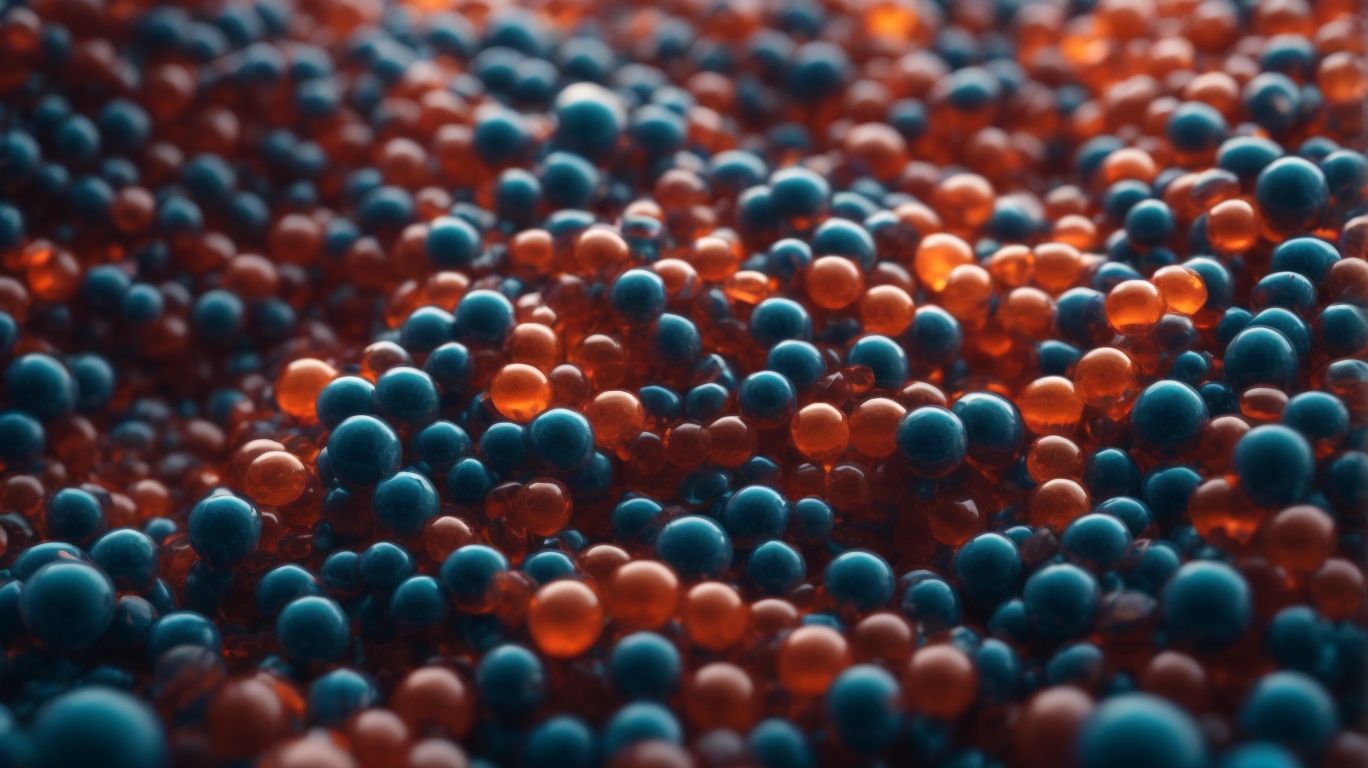
Photo Credits: Chemicalglossary.Net by Bradley Baker
When the body has an excess of glucose, it can be stored in the liver and muscles as glycogen. This stored glucose can then be used for energy when needed. However, if the glycogen stores are already full, the extra glucose can be converted into fatty acids and stored as adipose tissue, potentially leading to weight gain. Additionally, high levels of glucose can trigger an increase in insulin production, which can result in insulin resistance and the development of type 2 diabetes. Therefore, maintaining a balanced diet and engaging in regular physical activity is crucial for preventing the buildup of excess glucose in the body.
In 1922, Canadian physician Frederick Banting and his assistant Charles Best made a groundbreaking discovery by identifying insulin as a treatment for diabetes. Their work revolutionized the management of this disease and has saved countless lives. Today, insulin remains an essential medication for individuals with diabetes, allowing them to effectively regulate their blood sugar levels and lead healthier lives.
How is Glucose Stored as Glycogen?
Glycogen is the storage form of glucose in animals, including humans. Here is a step-by-step process of how glucose is stored as glycogen:
- After consuming a meal, glucose is absorbed from the digestive system into the bloodstream.
- Insulin, a hormone released by the pancreas, signals the liver and muscles to take up excess glucose.
- Inside the liver and muscles, glucose molecules are converted into glycogen through a process called glycogenesis.
- Glycogenesis involves the activation of an enzyme called glycogen synthase, which adds glucose molecules to a growing glycogen chain.
- This process continues until the excess glucose is depleted, and the liver and muscles are saturated with glycogen.
The discovery of glycogen as the storage form of glucose was made by French physiologist Claude Bernard in the mid-19th century. His experiments led to a better understanding of how the body regulates glucose levels and stores excess glucose as glycogen for future use as an energy source. This crucial discovery laid the foundation for further research in the field of metabolism and provided valuable insights into the role of glucose in cellular respiration.
What Happens to Glucose During Fasting or Starvation?
During periods of fasting or starvation, the body relies on stored glucose for energy. Initially, the liver breaks down glycogen into glucose through glycogenolysis. Once glycogen stores are depleted, the body turns to lipolysis, breaking down fats for energy. However, certain cells, such as brain cells, require glucose as their primary source of fuel. To meet this demand, the liver produces glucose through gluconeogenesis, converting amino acids, lactate, and glycerol into glucose. This ensures that essential bodily functions can continue even when food intake is limited.
During World War II, prisoners in concentration camps experienced prolonged fasting and starvation. Their bodies relied on glucose production from alternative sources, resulting in severe weight loss and physical deterioration. This highlights the crucial role of glucose in sustaining life during times of food scarcity.
What Are the Effects of Insufficient Glucose in Cellular Respiration?
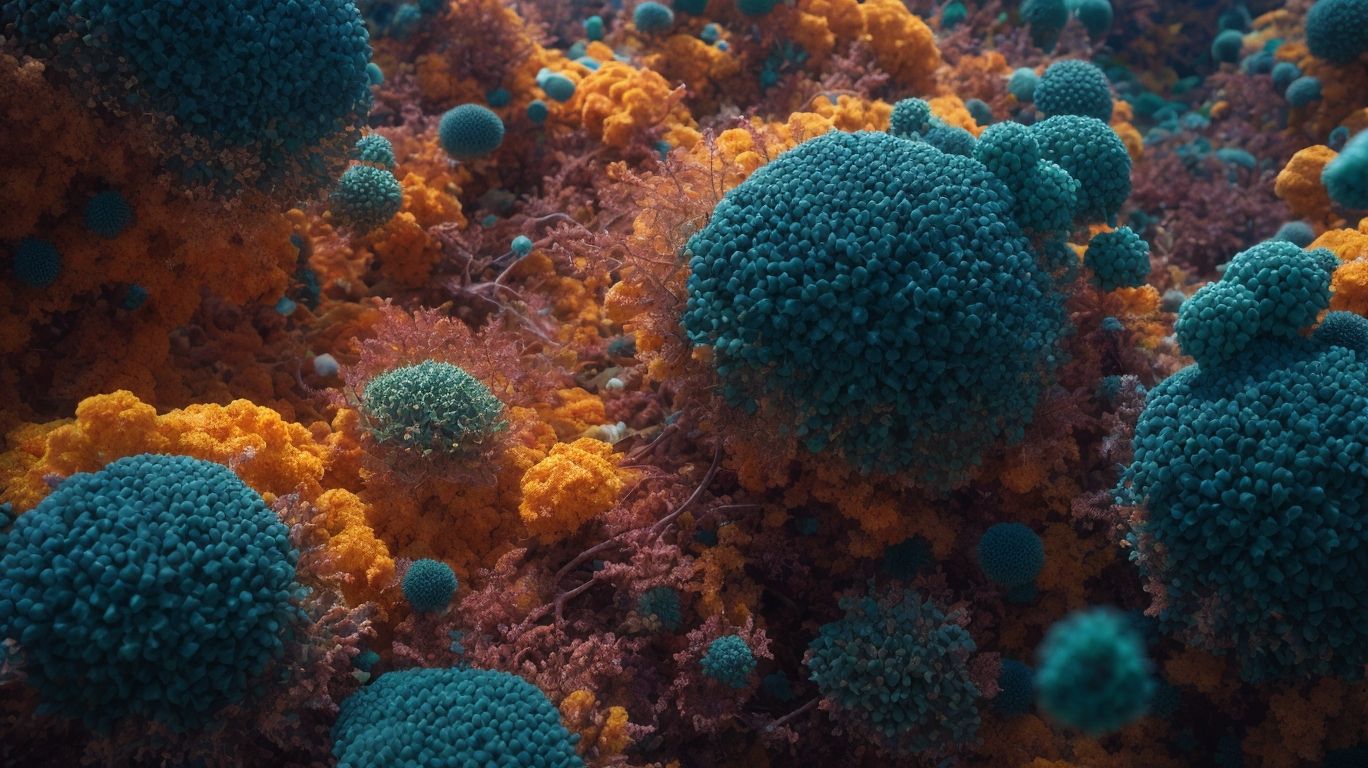
Photo Credits: Chemicalglossary.Net by Edward Ramirez
Insufficient glucose in cellular respiration can have negative consequences on the body’s energy production. Without an adequate amount of glucose, cells are unable to produce the necessary ATP for vital functions. This can result in feelings of fatigue, weakness, and a decrease in overall performance.
Furthermore, insufficient glucose can impair brain function and cognitive abilities. It is crucial to maintain a well-balanced diet and consume enough glucose to support cellular respiration and sustain optimal bodily functions.
Fun fact: Glucose is the main source of energy for the brain and is essential for its proper functioning.
How Can Low Blood Sugar Affect the Body?
Low blood sugar, also known as hypoglycemia, can have various effects on the body. Here are some ways that low blood sugar can affect the body:
- Impaired brain function: When blood sugar levels drop too low, the brain may not receive enough glucose to function properly. This can result in difficulty concentrating, confusion, and even loss of consciousness.
- Physical symptoms: Low blood sugar can cause symptoms such as dizziness, shakiness, sweating, and fatigue.
- Mood changes: Hypoglycemia can also impact mood, leading to irritability, anxiety, and even depression.
- Impaired physical performance: When blood sugar levels are low, the body may not have enough energy to perform physical tasks, resulting in weakness and decreased athletic performance.
- Severe cases: In severe cases, untreated hypoglycemia can lead to seizures and loss of consciousness.
It is important to monitor blood sugar levels and take appropriate measures to prevent and treat hypoglycemia to avoid these potential effects on the body.
What Are the Symptoms of Hypoglycemia?
Hypoglycemia, also referred to as low blood sugar, can manifest in various symptoms, such as dizziness, confusion, weakness, shakiness, irritability, and sweating. Some individuals may also experience blurred vision, difficulty concentrating, headaches, or even loss of consciousness. This condition can occur in individuals with diabetes who take medication or insulin, as well as those without diabetes. These symptoms serve as warning signs that the body requires immediate glucose to function properly. If any of these symptoms are experienced, it is crucial to consume a source of glucose, such as fruit juice or candy, in order to raise blood sugar levels.
How Can Glucose Levels Be Regulated for Optimal Cellular Respiration?
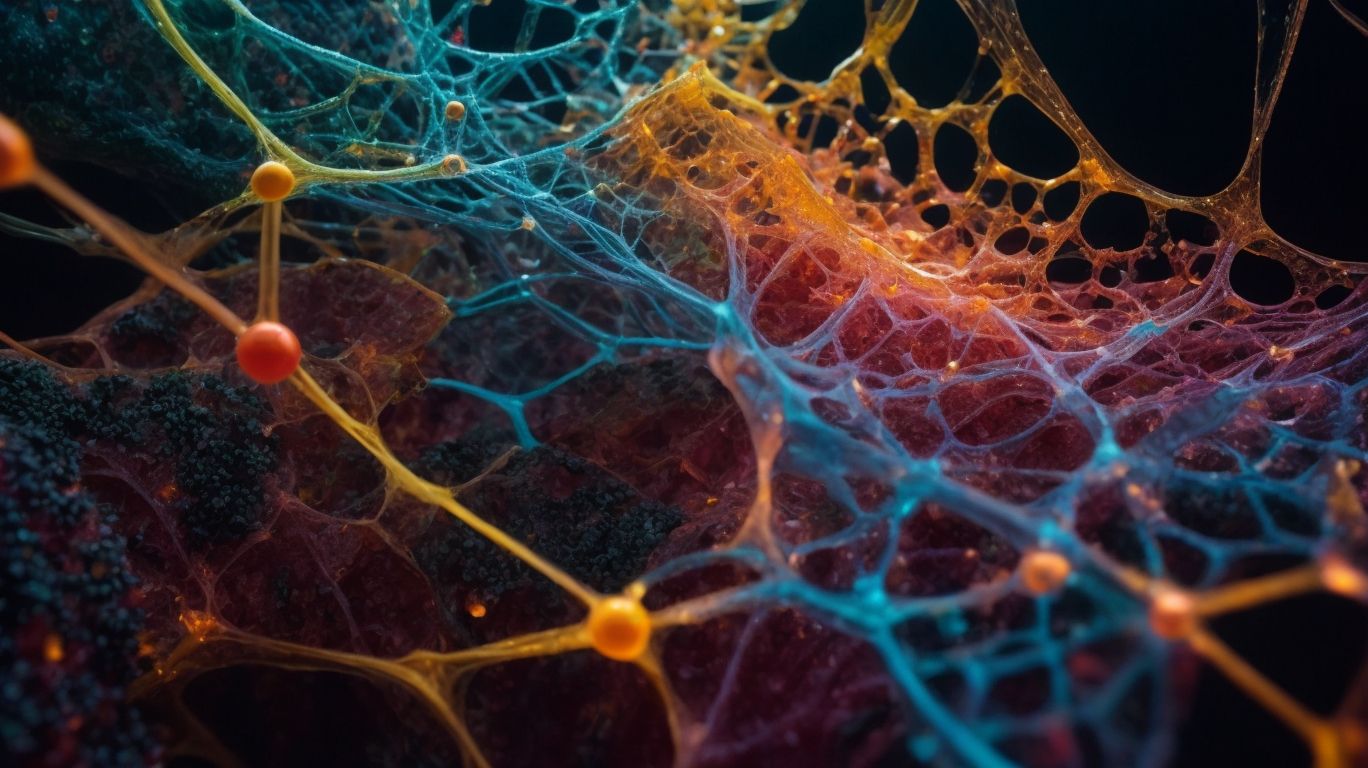
Photo Credits: Chemicalglossary.Net by Michael Mitchell
To maintain optimal cellular respiration and regulate glucose levels, follow these steps:
- Eat a balanced diet: Consume foods that are low in refined sugars and high in fiber, such as fruits, vegetables, and whole grains.
- Exercise regularly: Physical activity helps to increase insulin sensitivity, allowing cells to more effectively take up glucose for energy.
- Manage stress: Chronic stress can lead to elevated blood sugar levels. Practice relaxation techniques like meditation or yoga to help regulate glucose.
- Monitor carbohydrate intake: Be mindful of the types and amounts of carbohydrates consumed, focusing on complex carbs that provide sustained energy.
- Stay hydrated: Drinking enough water supports proper cellular function and can help regulate glucose levels.
In the early 20th century, scientists discovered the crucial role of the pancreas in glucose regulation. This discovery led to the development of insulin therapy, revolutionizing the treatment of diabetes and enabling individuals to better manage their glucose levels.
What is the Role of Insulin in Glucose Regulation?
Insulin plays a vital role in regulating glucose levels by aiding in the absorption of glucose into cells and maintaining a steady level of sugar in the blood. When the amount of glucose in the blood increases, the pancreas releases insulin, which prompts cells to take in glucose from the bloodstream. Insulin also encourages the storage of extra glucose as glycogen in the liver and muscles for future use. Furthermore, insulin inhibits the breakdown of glycogen and the production of glucose by the liver, ensuring that glucose is readily available for cellular respiration and preventing high blood sugar levels.
What Are Some Ways to Maintain Stable Glucose Levels?
Maintaining stable glucose levels is crucial for optimal cellular respiration. Here are some ways to achieve this:
- Eat balanced meals: Include a combination of carbohydrates, proteins, and fats to slow down glucose absorption and prevent spikes or crashes in blood sugar levels.
- Portion control: Avoid overeating or consuming large quantities of sugary foods and beverages, which can lead to excessive glucose levels.
- Regular physical activity: Engage in regular exercise to improve insulin sensitivity and promote glucose uptake by muscles.
- Monitor carbohydrate intake: Pay attention to the type and amount of carbohydrates consumed, favoring complex carbs with a low glycemic index.
- Stay hydrated: Drinking enough water helps maintain proper hydration, which can indirectly influence glucose levels.
- Get enough sleep: Lack of sleep can disrupt glucose metabolism and lead to imbalances in blood sugar levels.
By incorporating these suggestions into your lifestyle, you can help maintain stable glucose levels and support optimal cellular respiration.
Frequently Asked Questions
1. What is the purpose of glucose in cellular respiration?
Glucose is a crucial component of cellular respiration as it is the primary source of energy used to produce ATP, an organic compound that provides energy for the body.
2. Can cellular respiration occur in anaerobic conditions?
Yes, the first step of cellular respiration, glycolysis, can occur in anaerobic conditions. However, the subsequent steps, the citric acid cycle and the electron transport chain, require oxygen to occur.
3. How do B-vitamins play a role in cellular respiration?
NAD+ and FAD, both derived from B-vitamins, act as electron acceptors in the electron transport chain, which is an essential step in producing ATP during cellular respiration.
4. What is the role of the citric acid cycle in cellular respiration?
The citric acid cycle, also known as the TCA cycle, breaks down acetyl-CoA to produce energy in the form of ATP. It also serves as a source of building blocks for other biochemical reactions in the body.
5. How does the electron transport chain produce ATP?
The electron transport chain uses redox reactions to create a proton gradient and an electrochemical gradient. This gradient is then used by ATP synthase to produce ATP.
6. What is the location of each step of cellular respiration?
Glycolysis occurs in the cytoplasm, the TCA cycle in the mitochondrial matrix, and the electron transport chain on the inner mitochondrial membrane. Overall, cellular respiration takes place in the cytoplasm and mitochondria of every cell in the body.
